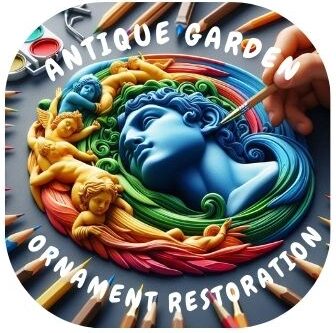Restoration projects are like a giant puzzle waiting to be pieced together. But before getting into it, knowing which tools are right for the job is half the battle won. The tools you choose can either be your best friend or your worst enemy. Understanding the role of each tool can make a world of difference. From hand tools like sanders, chisels, and hammers to more technical power tools, knowing when and how to use each one is your first stepping-stone to success.
Now, let’s talk about evaluating your specific restoration needs. Every project is unique, so take a moment to step back and honestly assess what your project requires. Glued to the woodwork or metal, cracking paint or rust? Your analysis here will steer you toward the most suitable tools that make the task easier and quicker. If you jump for a tool just because it looks fancy, you might end up wasting both time and money.
Research has to be your go-to strategy. Dig into credible sources; online forums and professional guides can offer insights about which tools deliver the goods and which ones are all talk. While you’re at it, don’t just focus on the upfront benefits – you need to see the long-haul picture too. Understanding both the strengths and potential pitfalls can help you avoid any ‘uh-oh’ moments on the job site.
When it comes down to quality versus cost, there’s no need to pick one over the other stubbornly. While it’s tempting to grab the cheapest option, sometimes shelling out a little more upfront keeps hassles at bay later on. That’s not to say you need to break the bank—balance is the key here. Sometimes investing in a pricier but high-quality tool pays off well in durability and performance.
Choosing tools that fit your skill level is another critical aspect. If you’re new to all this, user-friendly tools that come with clear instructions can quickly get you in the swing of things. No need to dazzle yourself with complicated gadgets that you might not yet have the expertise to handle. Trust me, finding the right fit for your skill level saves not just time but a good chunk of sanity as well.
Ergonomics and safety can’t be just buzzwords in this scenario. Picking ergonomically designed tools can be a lifesaver during those long, hard restoration hours. Consider tools that fit comfortably in your hands and reduce strain—it not only boosts efficiency but also keeps you from nursing a sore wrist at the end of the day.
Versatility in your tools is a ticket to more freedom on the job. A tool that can perform multiple functions not only saves you money but also the hassle of switching between different tools. It lets you keep the workflow streamlined, which is a win-win in any restoration gig.
Let the reputation and reviews guide your choices too. Words from the pros who’ve been in the game longer can be gold mines of information. Dive into the reviews to get a sense of the tools’ reliability and how they hold up in real-world situations. After all, you want a partner in restoration that won’t bail on you when you need it most.
In comparing traditional tools with modern innovations, find that sweet spot where old meets new. Each has its merits. Tried-and-true tools offer reliability, while fresh designs might bring ease and efficiency.
Finally, think about maintenance and longevity. Picking tools that are easy to maintain and promise durability will save a lot of headaches down the line. Regular upkeep also means your tools will stick around for future projects, making them wise investments. So gear up wisely and let those tools become an extension of your restoration vision.
